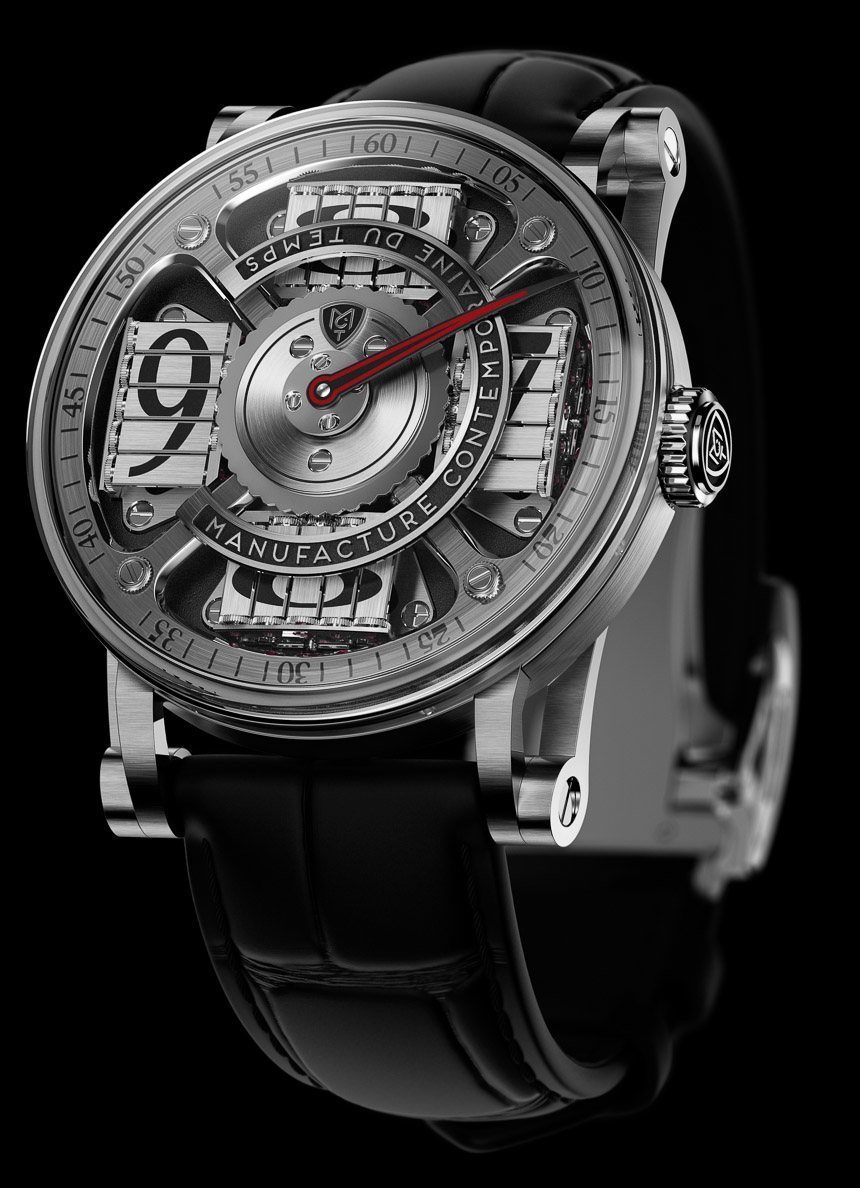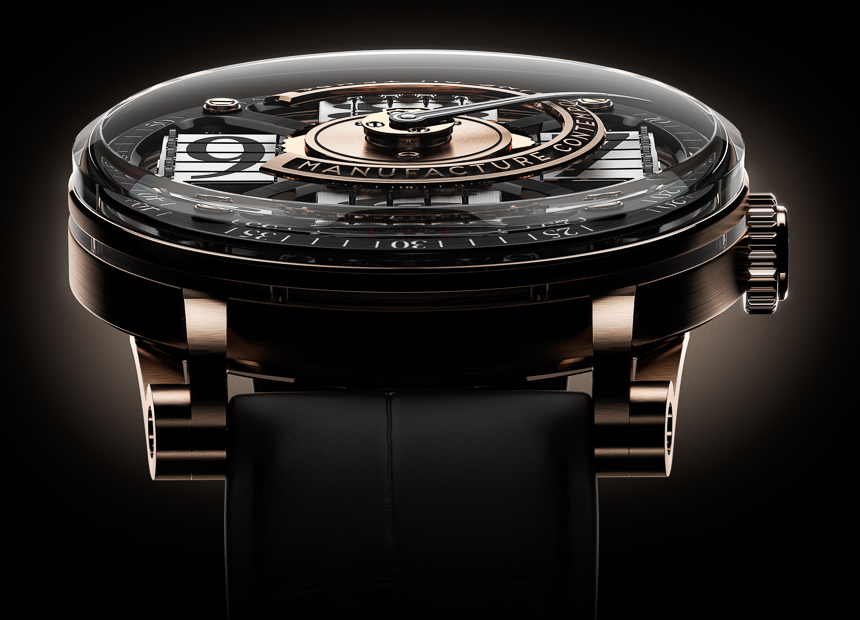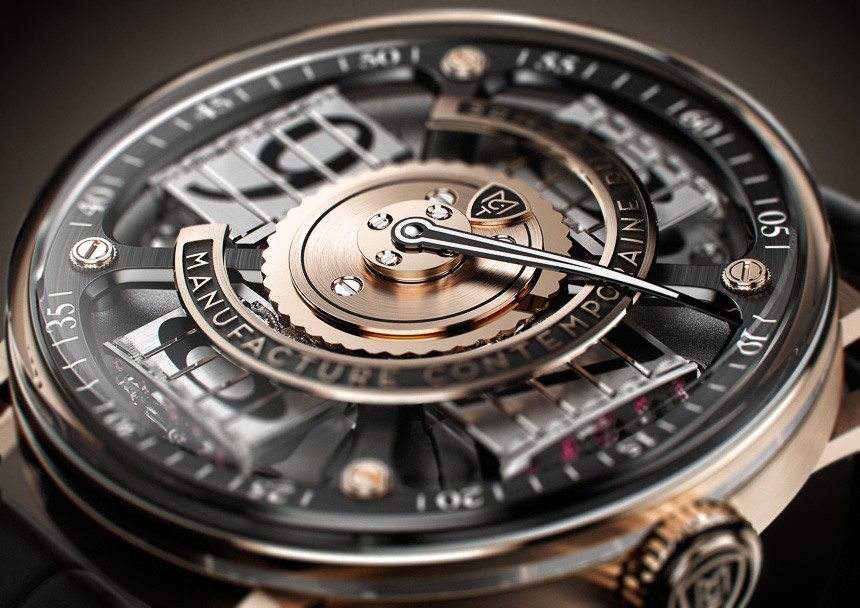
For 2014 MCT
has announced a brand new watch with the Sequential Two S200, a new round-cased timepiece that focuses on the brand’s signature complication for displaying the time with a new micro-rotor-based automatic movement. MCT is a young brand with a rocky history, and we are glad to see them really back on their feet with talent behind the scenes.
Originally debuted in 2009, the MCT Sequential One is still one of my favorite “modern watches” being designed by Denis Giguet. A few years after that, Giguet left MCT around the time that he debuted his Opus Eleven watch with Harry Winston (hands-on here). Where is Denis Giguet today in 2014? He actually works for Van Cleef & Arpels, of all places. Anyhow, in 2013, MCT came back on the scene under the design aegis of Fabrice Gonet, who redesigned the original Sequential One watch with the updated Sequential One S110, a revised version of the original with some new visual details. For 2014, we get an entirely new piece with the Sequential Two S200, also designed by Fabrice Gonet.


In a 44.6mm wide case, the Sequential Two S200 will come in either an 18k white gold or an 18k red gold case. It is round, but it isn’t simple. Shaped like a cylinder, the sapphire crystal incorporates the bezel and acts like a cap over the case. It offers a wonderful ability to view the mechanism from extreme angles. The lugs are also very interesting, as they have two parts and connect to the side of the case, as well as underneath the case. This, of course, is in reference to the design of the original lugs of the Sequential One, but here in a more exaggerated manner. I also happen to really like the wide yet relatively flat crown that looks easy to operate, but does not jut out from the case awkwardly.
I realize that many of you are seeing an MCT watch for the first time, so what is happening on the dial may be confusing. Well, allow me to explain: The watch indicates the hour at four points around the dial via turning triangular louvers. Between them all 12 hours can be displayed. There is a traditional minute hand that goes around the dial, and when a new hour comes the C-shaped window in the middle of the case pivots one position clockwise to point to the next set of louvers that display the current hour. The system is not only legible because of the digital hour system, but because of how easy it is to see all the information. This is pure time telling art, and very much a success despite being so unorthodox.
